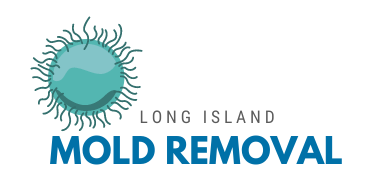Understanding the Different Types of Mold Damage
Mold damage can cause a range of health issues and property destruction, which is why it’s important to understand the different types of mold damage. Long Island Mold Removal Pros are experts in mold testing, remediation, and restoration, servicing residential and commercial buildings in Long Island, Southampton, and the Tri-State area.
What is Mold Damage?
Mold damage occurs when mold spores grow and reproduce in a damp environment. Mold spores are found everywhere, both indoors and outdoors, but when they find a damp environment, they can grow and reproduce quickly. Common causes of mold include flooding, leaks, poor ventilation, and high humidity.
Mold damage can cause serious health problems such as asthma, respiratory problems, and skin rashes. It can also cause property damage, such as wood rot, staining, and discoloration.
Types of Mold Damage
There are several types of mold damage, each of which requires different approaches to testing, remediation, and restoration.
Black Mold Damage
Black mold, also known as toxic mold, is a type of mold growth that produces harmful byproducts called mycotoxins. Black mold is often found in areas of high humidity, such as basements and bathrooms. Black mold can cause health problems such as asthma, sinus infections, and breathing problems. It can also cause property damage, such as wood rot, staining, discoloration, and warping.
White Mold Damage
White mold is a type of mold growth that is caused by high humidity and moisture. White mold can grow on walls, ceilings, and other surfaces, and can cause health problems such as asthma, skin rashes, and respiratory problems. It can also cause property damage, such as staining, discoloration, and wood rot.
Mildew Damage
Mildew is a type of mold growth that is often found in areas of high humidity, such as bathrooms, basements, and kitchens. Mildew can cause health problems such as asthma, skin rashes, and breathing problems. It can also cause property damage, such as staining, discoloration, and wood rot.
Preventing Mold Damage
The best way to prevent mold damage is to keep your indoor environment dry and well-ventilated. Make sure all leaks and floods are promptly cleaned up, and use dehumidifiers to reduce indoor humidity. Regularly inspect your home for signs of mold growth, and contact a professional mold removal service if you find any.
Long Island Mold Removal Pros
At Long Island Mold Removal Pros, we offer professional mold testing, remediation, and restoration services for residential and commercial buildings in Long Island, Southampton, and the Tri-State area. We proudly serve the towns of Bay Shore, Islip, East Islip, West Islip, North Bay Shore, Brightwaters, Brentwood, Central Islip, Sayville, Lindenhurst, and Great River.
If you suspect you may have mold damage, don’t hesitate to contact us today to schedule an appointment. We’ll work with you to ensure your property is free from mold and mildew, and restore it to its original condition. For more information, contact us here or learn more about us here.

When it comes to mold damage, it’s important to act quickly. The longer you wait, the more damage it can cause and the harder it will be to remediate. Long Island Mold Removal Pros offer professional mold testing, remediation, and restoration services in Long Island, Southampton, and the Tri-State area. We specialize in mold damage, from black mold to mildew, and can restore your property to its original condition.
